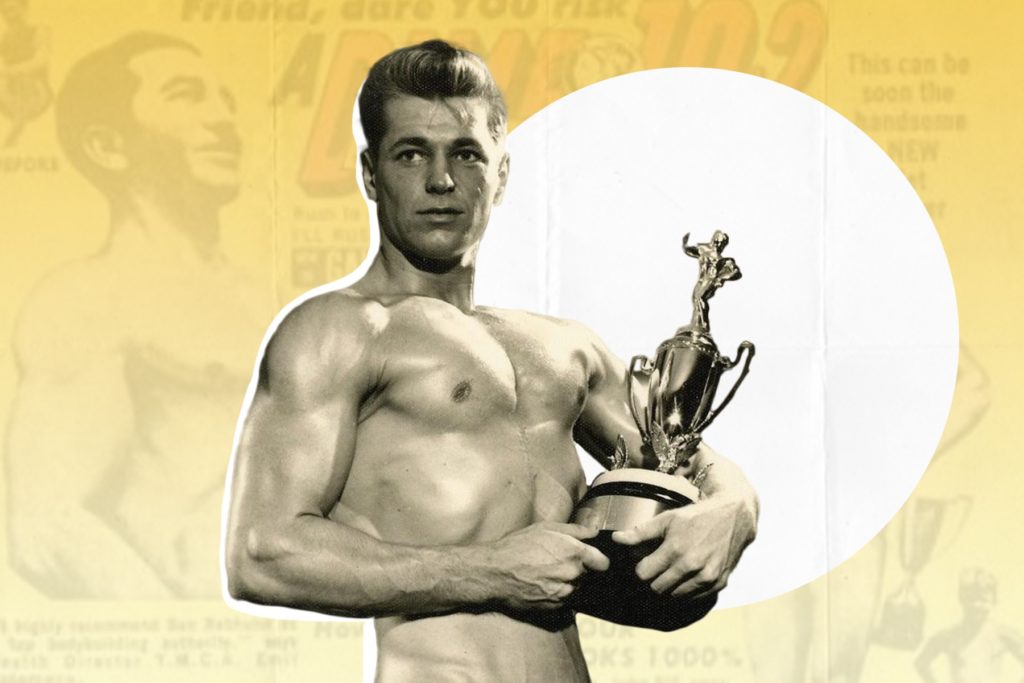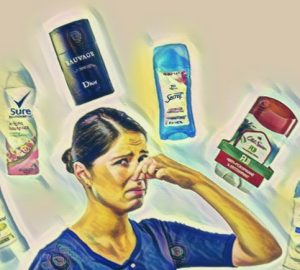Exploring a toxic subculture: What I learned when I got really into male bodybuilding

If the TikTok algorithm encourages one thing, it’s endless scrolling. Last week, I found myself on the tail end of a TikTok rabbit hole, having accidentally deep-dived into the world of men’s bodybuilding. As a result, I’ve come to learn a good amount about male bodybuilding and “fit-tok” subculture, albeit against my will and it’s not all that pretty.
As an outsider looking in at this hyper-competitive community, there was a lot to take in. In the know users all use the same lingo, hashtags and the most obnoxious in-your-face EDM and dubstep music you’ve ever heard in your life. They call themselves “gym rats” and refer to the gym as the “iron church.” They trade workout advice and pre-workout powders, accuse each other of using anabolic steroids and worship 3-time Mr. Olympia winner, Chris Bumstead. The comment sections are brutal, filled with comments about users having “L genetics” and arguments about whether or not an athlete is “natty.” They call lifting weights “getting pumped” and the shirts they wear while working out “pump covers.”
There are a lot of conflicting ideas about the best way to make gains, whether it’s taking ice baths or consuming creatine and the best ways to lie to a doctor in order to be prescribed testosterone. My favorite account, already having been banned a handful of times from the platform, suggests an alkaline vegan diet, meditation and year-round semen retention as the best way to gain muscle mass.
The TikTok fitness community is divided into multiple factions based on the primary type of exercise and skill level, including calisthenics, weightlifting, functional fitness, aerobic training and the most hated of all, CrossFit. A common topic and perhaps the most problematic, amongst all of the videos is the practice of “bulking and cutting.”
The practice of bulking and cutting is a process that takes place over several months to maximize muscle gain and ensure total fat loss. An athlete is supposed to begin with bulking for several months, keeping their body in a caloric surplus, consuming as many calories as possible per day in order to provide the body with enough fuel to gain as much muscle as they can for their weightlifting regimen. After bulking, the cutting season starts, which consists of a strict calorie deficit or consuming fewer calories than you burn, along with the increased aerobic activity.
Furthermore, there are two types of bulks; “dirty” bulks and “clean” bulks. “Dirty” bulks mean gaining weight through any means possible, even if it means eating a lot of junk food, fast food and highly processed food. These bulks can mean consuming 500-1000 calories above your normal level each day and result in gaining 1-2 pounds per week. “Clean” bulking is a more moderate increase in calories, sticking to healthier foods and avoiding massive amounts of junk food to increase caloric intake. This method tends to take longer, as an athlete would consume about 200 more calories above maintenance level each day and only gain 1-2 pounds every month. Either way, bulking can mean athletes end up force-feeding themselves to hit certain caloric intake markers every meal.
@jake_oelke Reply to @user4727822067309 this is just my take on this #cuttingseason #summershredding #bulkingvscutting #foryou #foru #4u
♬ original sound – Jake Oelke
After bulking up to the desired amount of muscle mass, the cut begins. Cutting aims to get as lean as possible while maintaining muscle mass and is usually done a few months ahead of a bodybuilding competition. Cutting diets stick to fiber-rich foods, protein and plenty of water. Many people meal prep to keep track of caloric intake and help avoid foods that are higher in fats and sugars.
@flemwoke I lost a lot of muscle…but got it back:) #fypシ #gym #fitness #aesthetic
♬ Originalton – blanksisters✌🏼
While it’s possible to maintain a caloric deficit and still feel full after every meal, TikTok has a huge presence of athletes complaining about how miserable cutting season can be. Users complain about all of the classic side effects of maintaining a strict calorie deficit, like loss of libido, constant hunger, decrease in bone density and worsening sleep quality.
When taken to an extreme, which is common in the semi-professional and professional bodybuilding circuits, the bulking and cutting practice can start to reflect those behaviors that indicate an eating disorder. This can include constant or repetitive dieting (i.e., counting calories/kilojoules, skipping meals, fasting, avoidance of certain food groups or types such as meat or dairy, replacing meals with fluids), evidence of binge eating or force-feeding, making lists of ‘good’ and ‘bad’ foods, strong focus on body shape and weight, development of repetitive or obsessive body checking behaviors, distorted body image (i.e., complaining of being, feeling or looking fat when actually a healthy weight or underweight). When bodybuilders are made aware that they exhibit disordered eating habits, they tend to deny and display heightened sensitivity to comments or criticism about body shape or weight, eating or exercise habits, which is another sign of an eating disorder.
Now, I love to exercise as much as the next guy, but sometimes we can take it a little too far. The toxic masculinity and cutthroat competition lurking in all of these videos just keep feeding the cycle of disordered eating and exercise, to the point that it becomes a difficult habit to break. To keep the online fitness community as strong as it should be, we need to support one another. Stay away from steroids and give yourself some grace. Take into consideration mental health just as much as physical health and remember that even “unhealthy” food is fine in moderation. Most of all, look out for your gym bros the same way that they look out for you. With that, I might as well head to the gym myself. Go forth and conquer that squat record!
@flemwoke 3 1/2 weeks out😈 #powerlifting
♬ son original – Tevvez






















